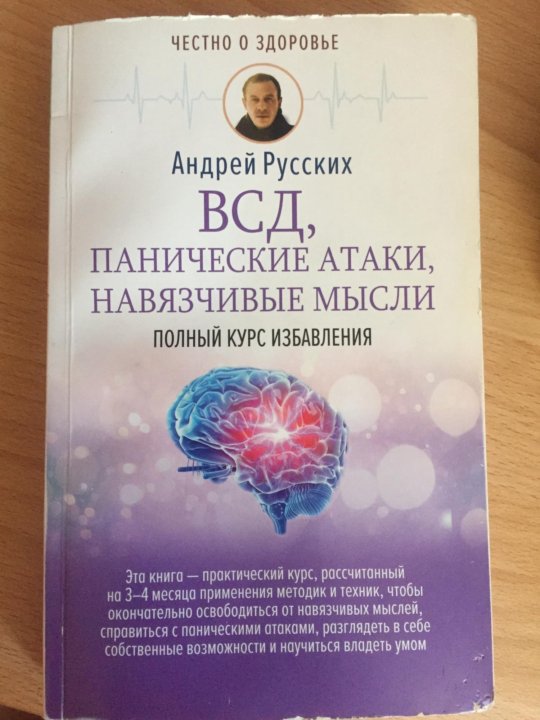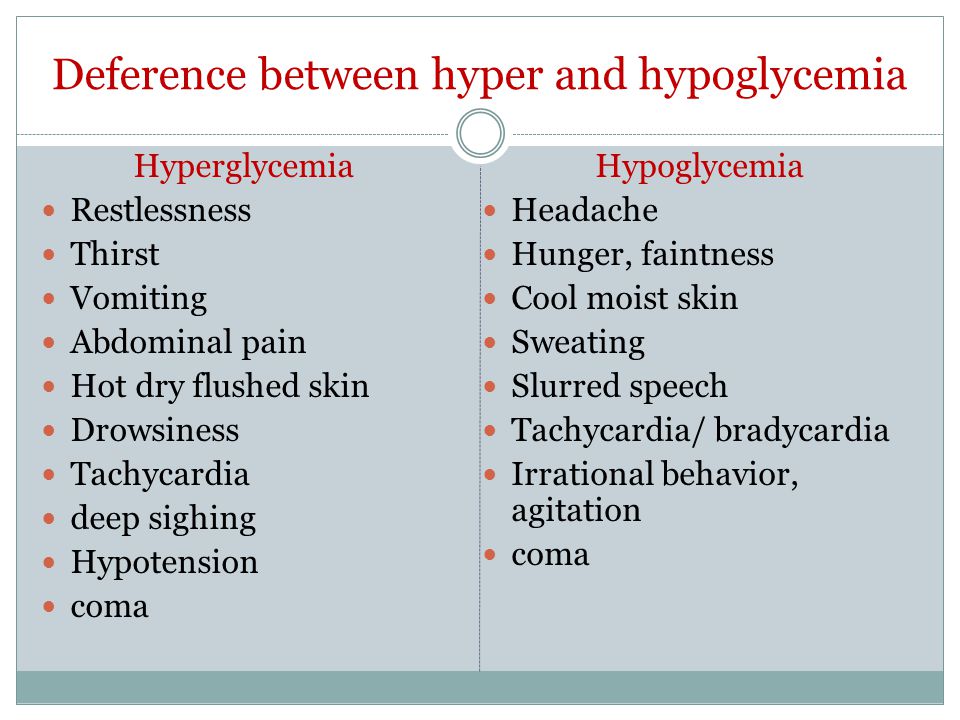I had the same dream again
Mata, Onaji Yume wo Miteita (I Had That Same Dream Again) | Manga
'Happiness does not walk on its own to you. You have to use your own feet to reach it.'
What is happiness to you?
A simple question, but the number of answers is almost infinite...
This may be a manga that could help you find your own meaning of happiness.
Story: 9
I decided to read this because it was done by the same author and artist involved in 'Kimi no Suizou wo Tabetai' (KimiSui). This is based on the novel of the same name.
...
The story focuses on Nanaka and her interactions with various people as she tries to find the best answer for the meaning of happiness, a homework set by her teacher.
Mata, Onaji Yume wo Miteita introduces the reader to various forms of happiness. Minami-san, a high school girl who deliberately hurts herself. 'Abazure-san', a mysterious young woman.
The old lady who lives alone in a wooden house. All these people have deep regrets in their lives as they try to rediscover their meaning of happiness along with Nanaka. The manga is very successful in trying to group all these different types of happiness together into one. During Nanaka's journey to find her own answer, the story naturally makes you question your own meaning of happiness and life... As if you're in a dream or under a spell, the story enters your mind and opens its world to you. This is why I really like the title of this manga.
'I Too Saw the Same Dream' is not just a story about happiness. It also presents us with hardships as well. Loss of loves ones, failing to take a chance, giving up on achievement, fear to build courage. These hardships enable us to try to move on, which is why, in a way, they may be essential. Seeing Nanaka witnessing/experiencing these hardships and learning step by step how she might cope/help was a joy to watch. Despite her age, she is such a mature character. ..
..
The fact that we have characters who not only live very different lives but also have varying ages is crucial. The views of various people on their own source of happiness highlights the ambiguity of the meaning of happiness. It gives us a picture on how one's meaning of happiness can change over time. Regardless of age, we always long for some form of happiness, even if we sometimes think we've given up. But those who think they are used to living without happiness will never be able to experience it... This is the main lesson I learnt from the story.
Pacing was great. It didn't feel like anything was rushed. However I haven't read the novel so I'm not sure if this is a good adaptation. I'll have to buy it and read it myself. I'll update this section by then.
Predictability is the only major flaw I could find. Until around half-way through the series, I didn't have a clue where this was going to lead. But after a certain point it became more and more obvious what was going to happen.
However I can kind of see that there weren't many options to make the story less obvious, considering the length of this series and the ending. Therefore, if you're someone who wants to read something unpredictable, I wouldn't recommend this.
Art: 10
The art is by the same person who drew KimiSui. So if you want to read a manga with similar art to KimiSui, I suggest you to read this.
Personally I think the art style fits better with this manga instead of the other one because the protagonist is of a lower age here. In KimiSui, the characters looked a bit too young to be considered high school students.
Character: 10
Nanaka is brave, determined and smarter than your average elementary school kid. She simply enjoys life without caring about how others see her. This is especially true when she ignores being isolated by the rest of the class due to her straightforward personality. It was refreshing to see a protagonist who is not a high school student.
Yoru Sumino manages to make Nanaka a mature character whilst still preserving the typical pure innocence you would expect from a child. This is perfectly presented through Nanaka's common lines on the meaning of life: 'Life is like...' By combining various features of daily life from a child's point of view and her broad imagination, we get quotes like these:
'Life is like a lunchbox. Because you can't put everything you want.'
'Life is like a fridge...'
'Life is like pudding...'
'Life is like lunchtime...'
Would an adult be able to say lines like these? Maybe, but I doubt a lot of people could. In the busy society we live today, adults would typically think more about the money side of things and living without any worries. To me this really emphasized how adults and children live in different worlds and view things in a different light.
Minami, 'Abazure-san' and the old lady all have some form of development along with Nanaka. As they give advice and hints to find her answer they also find their own happiness from Nanaka. I won't go into more detail than this because it will easily spoil the story. You will understand when you read it.
As they give advice and hints to find her answer they also find their own happiness from Nanaka. I won't go into more detail than this because it will easily spoil the story. You will understand when you read it.
Enjoyment:10
Overall: 10
'To those who are weary, a sweet and warm story'
This is what was written on the cover of the Korean translation of the novel. I haven't read the novel myself (yet), but this phrase is what led me to read the manga...
It was true in many ways.
The Science of Recurring Dreams Is More Fascinating Than We Ever Imagined : ScienceAlert
(Mischa Keijser/Getty Images)
Having the same dream again and again is a well-known phenomenon — nearly two-thirds of the population report having recurring dreams. Being chased, finding yourself naked in a public place or in the middle of a natural disaster, losing your teeth or forgetting to go to class for an entire semester are typical recurring scenarios in these dreams.
But where does the phenomenon come from? The science of dreams shows that recurring dreams may reflect unresolved conflicts in the dreamer's life.
Recurring dreams often occur during times of stress, or over long periods of time, sometimes several years or even a lifetime. Not only do these dreams have the same themes, they can also repeat the same narrative night after night.
Although the exact content of recurring dreams is unique to every individual, there are common themes among individuals and even among cultures and in different periods. For example, being chased, falling, being unprepared for an exam, arriving late or trying to do something repeatedly are among the most prevalent scenarios.
The majority of recurring dreams have negative content involving emotions such as fear, sadness, anger and guilt. More than half of recurring dreams involve a situation where the dreamer is in danger. But some recurring themes can also be positive, even euphoric, such as dreams where we discover new rooms in our house, erotic dreams or where we fly.
In some cases, recurring dreams that begin in childhood can persist into adulthood. These dreams may disappear for a few years, reappear in the presence of a new source of stress and then disappear again when the situation is over.
Unresolved conflicts
Why does our brain play the same dreams over and over again? Studies suggest that dreams, in general, help us regulate our emotions and adapt to stressful events. Incorporating emotional material into dreams may allow the dreamer to process a painful or difficult event.
In the case of recurrent dreams, repetitive content could represent an unsuccessful attempt to integrate these difficult experiences. Many theories agree that recurring dreams are related to unresolved difficulties or conflicts in the dreamer's life.
The presence of recurrent dreams has also been associated with lower levels of psychological wellbeing and the presence of symptoms of anxiety and depression. These dreams tend to recur during stressful situations and cease when the person has resolved their personal conflict, which indicates improved wellbeing.
Recurrent dreams often metaphorically reflect the emotional concerns of the dreamers. For example, dreaming about a tsunami is common following trauma or abuse. This is a typical example of a metaphor that can represent emotions of helplessness, panic or fear experienced in waking life.
Similarly, being inappropriately dressed in one's dream, being naked or not being able to find a toilet can all represent scenarios of embarrassment or modesty.
These themes can be thought of as scripts or ready-to-dream scenarios that provide us with a space where we can digest our conflicting emotions. The same script can be reused in different situations where we experience similar emotions.
This is why some people, when faced with a stressful situation or a new challenge, may dream they're showing up unprepared for a math exam, even years after they have set foot in a school. Although the circumstances are different, a similar feeling of stress or desire to excel can trigger the same dream scenario again.
A continuum of repetition
William Domhoff, an American researcher and psychologist, proposes the concept of a continuum of repetition in dreams. At the extreme end, traumatic nightmares directly reproduce a lived trauma — one of the main symptoms of post-traumatic stress disorder.
Then there are recurring dreams where the same dream content is replayed in part or in its entirety. Unlike traumatic dreams, recurring dreams rarely replay an event or conflict directly but reflect it metaphorically through a central emotion.
Further along the continuum are the recurring themes in dreams. These dreams tend to replay a similar situation, such as being late, being chased or being lost, but the exact content of the dream differs from one time to the next, such as being late for a train rather than for an exam.
Finally, at the other end of the continuum, we find certain dream elements recurring in the dreams of one individual, such as characters, actions or objects. All these dreams would reflect, at different levels, an attempt to resolve certain emotional concerns.
All these dreams would reflect, at different levels, an attempt to resolve certain emotional concerns.
Moving from an intense level to a lower level on the continuum of repetition is often a sign that a person's psychological state is improving. For example, in the content of traumatic nightmares progressive and positive changes are often observed in people who have experienced trauma as they gradually overcome their difficulties.
Physiological phenomena
Why do the themes tend to be the same from person to person? One possible explanation is that some of these scripts have been preserved in humans due to the evolutionary advantage they bring. By simulating a threatening situation, the dream of being chased, for example, provides a space for a person to practise perceiving and escaping predators in their sleep.
Some common themes may also be explained, in part, by physiological phenomena that take place during sleep. A 2018 study by a research team in Israel found that dreaming of losing one's teeth was not particularly linked to symptoms of anxiety but rather associated to teeth clenching during sleep or dental discomfort upon waking.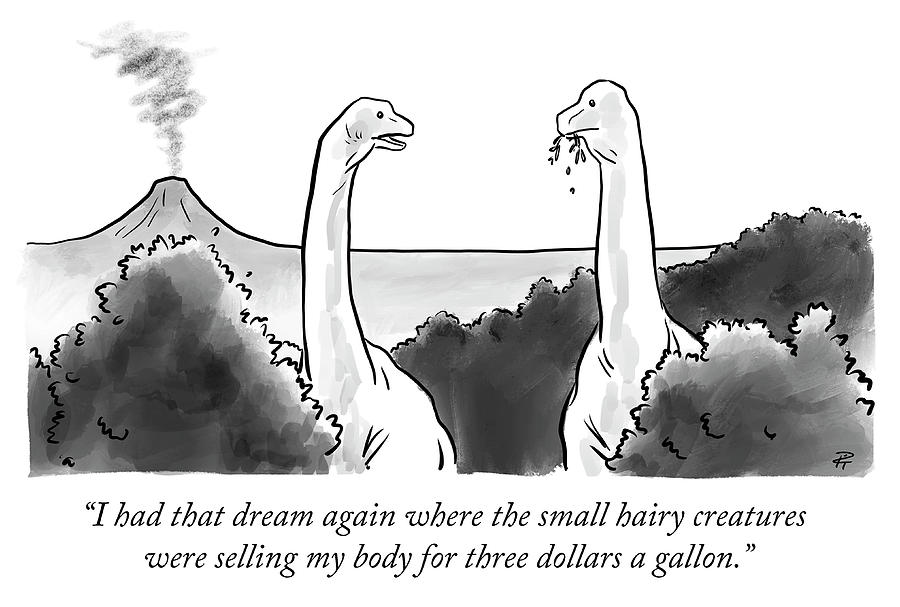
When we sleep, our brain is not completely cut off from the outside world. It continues to perceive external stimuli, such as sounds or smells, or internal body sensations. That means that other themes, such as not being able to find a toilet or being naked in a public space, could actually be spurred by the need to urinate during the night or by wearing loose pyjamas in bed.
Some physical phenomena specific to REM sleep, the stage of sleep when we dream the most, could also be at play. In REM sleep, our muscles are paralyzed, which could provoke dreams of having heavy legs or being paralyzed in bed.
Similarly, some authors have proposed that dreams of falling or flying are caused by our vestibular system, which contributes to balance and can reactivate spontaneously during REM sleep. Of course, these sensations are not sufficient to explain the recurrence of these dreams in some people and their sudden occurrence in times of stress, but they probably play a significant role in the construction of our most typical dreams.
Breaking the cycle
People who experience a recurring nightmare have in some ways become stuck in a particular way of responding to the dream scenario and anticipating it. Therapies have been developed to try to resolve this recurrence and break the vicious cycle of nightmares.
One technique is to visualize the nightmare while awake and then rewrite it, that is, to modify the narrative by changing one aspect, for example, the end of the dream to something more positive. Lucid dreaming may also be a solution.
In lucid dreams we become aware that we are dreaming and can sometimes influence the content of the dream. Becoming lucid in a recurring dream might allow us to think or react differently to the dream and thereby alter the repetitive nature of it.
However, not all recurring dreams are bad in themselves. They can even be helpful insofar as they are informing us about our personal conflicts. Paying attention to the repetitive elements of dreams could be a way to better understand and resolve our greatest desires and torments.
Claudia Picard-Deland, Candidate au doctorat en neurosciences, Université de Montréal and Tore Nielsen, Professor of Psychiatry, Université de Montréal.
This article is republished from The Conversation under a Creative Commons license. Read the original article.
What do recurring dreams hide | PSYCHOLOGIES
52,197
Know Yourself
The interpretation of dreams is a delicate but fascinating business. It's always interesting to figure out what they might mean. Let's try to figure out what role recurring dreams and nightmares play. How do dreams affect life? Maybe they have some kind of clue and no one but us can understand it? Or something different?
They are chasing you, but you cannot see the pursuer, you feel something terrible behind your back, but it is better not to look back. Legs become wadded, breathing is interrupted. Or you are terribly late, but it seems that you can’t get to the right place. No matter how fast you move and how far to the goal, you cannot understand what is happening, only you know: you can not stop. You run with all your might as long as your legs carry you. You suddenly wake up abruptly. Fortunately, this is only a dream, but it is not possible to shake it off immediately.
No matter how fast you move and how far to the goal, you cannot understand what is happening, only you know: you can not stop. You run with all your might as long as your legs carry you. You suddenly wake up abruptly. Fortunately, this is only a dream, but it is not possible to shake it off immediately.
Dreams in which someone is chasing us or running somewhere are very common, as are those in which we fall, have sex, go back to school. Most people dream of scenes with persecution, this is the most common plot of children's dreams.
Images and experiences from childhood, deeply hidden in the mind, continue to influence life
The same scenario is repeated in people of different cultures, living in different places. What is this mystery of the human mind hiding, and is there a rational explanation for it?
Unresolved problems
Dream scientists agree that dreams are psychological in nature. Scenarios—say, seeing yourself naked in the middle of a class or running down the halls—indicate strong emotions or internal conflicts. Thus, one's own nakedness is associated with shame and helplessness. The subconscious can give out such a picture if in real life a person suppresses these feelings. The version has the right to exist.
Thus, one's own nakedness is associated with shame and helplessness. The subconscious can give out such a picture if in real life a person suppresses these feelings. The version has the right to exist.
For example, you often dream that you are standing at attention in class, flunking an exam, or trying to get out of trouble. If you think about it, you can find many reasons for this. Perhaps the old school trauma and the childhood fear of the punishment that will follow if you do not cope with something reminds you of itself. Maybe you are going through a tough time and your subconscious associates stress with the classroom environment, even if you have long graduated from high school.
Images and experiences from childhood, deeply hidden in the mind, continue to influence life both in dreams and in reality when we become adults. Psychoanalysis has been working on this for decades. Attempts to interpret these symbols and erase the line between the secret and the obvious are often erroneous.
Context is important
It must be understood that there cannot be an unambiguous answer here. It is possible to reveal the content of a certain plot in general terms, but the context is determined by the experience and characteristics of the individual. Carl Jung believed that dreams are a means to establish a connection between consciousness and subconsciousness in the process of becoming a person, which he called "individuation". Accordingly, they simply perform their function and there is no need to decipher them.
A dream that recurs frequently can give insight into trauma or indicate physiological or psychological problems. Before approaching the solution of symbols from a dream, one must take into account that obstacles block the path to the depths of the subconscious.
All hypotheses are good
The phenomenon of sleep paralysis confirms that the mysterious nature of sleep cannot be explained solely by scientific explanations. The same can be said about the pictures that we dream of.
Both psychological and physiological mechanisms are responsible for everything that we experience in a dream. One-sided perception is not objective. For example, why do many people dream that their teeth are falling out? This can be associated with fear of the dentist, but most often such a vision is visited by those who grind their teeth in a dream, pure physiology.
Trying to debunk the theory of the mystical and spiritual origin of dreams with the help of knowledge of physiology may seem too mundane. But if you brush aside such a banal explanation, you can miss interesting details. Much depends on the position in a dream, since at this time the pressure on different parts of the body and internal organs is unevenly distributed. For example, people often have nightmares when they sleep on their left side: studies point to a link between this position and nightmares.
Collective nightmare
Quite often an important aspect, the cultural factor, is not taken into account. Talking about him, one cannot fail to mention the popular night terror: the man in the hat. The ominous silhouette has appeared to many people who have experienced sleep paralysis. Horror when a stranger in a hat comes to destroy you, and you can not move. The vision is so real and impressive that after such an incident, one person created the blog The Hat Man Project (trans. The Man in a Hat Project): he did research and found people who also described a similar figure that arose with sleep paralysis. The resource still exists, anyone can share their feelings and thoughts about the eerie vision.
Talking about him, one cannot fail to mention the popular night terror: the man in the hat. The ominous silhouette has appeared to many people who have experienced sleep paralysis. Horror when a stranger in a hat comes to destroy you, and you can not move. The vision is so real and impressive that after such an incident, one person created the blog The Hat Man Project (trans. The Man in a Hat Project): he did research and found people who also described a similar figure that arose with sleep paralysis. The resource still exists, anyone can share their feelings and thoughts about the eerie vision.
How is it possible that all these people dreamed of the same evil character? If we assume that the state of sleep paralysis opens a portal to other worlds, it turns out that the parallel reality is extremely hostile to ours?
The realm of dreams is a little-known territory, so it is worth keeping the mind open
There is a hypothesis according to which those who are faced with the unknown try to find a culturally accessible clue in the subconscious. A state of stupor in a dream from the realm of the unknown. When a person is threatened by something, instinct makes you panic.
The demons that sit on the chest of a sleeping person, depicted in old drawings, are one of the confirmations of what incredible images our psyche creates. The man in the hat, in turn, resembles Freddy Krueger. The movie A Nightmare on Elm Street is based on the experience of sleep paralysis and Freddie is created as a symbolic embodiment of evil. However, it does not matter what came first, the egg or the chicken. The main thing is that the man in the hat makes the imagination of the sleeping people real.
What have we come to? What are nightmares hiding? Perhaps they have a bit of everything from the above and something that has not yet been given to understand. The realm of dreams is unexplored territory, so it pays to keep your mind open to all possible hypotheses. To understand yourself and your dreams, you will have to penetrate deeper into them and put together all the fragments and small pieces. If you decide to do this, the unknown will cease to frighten. Who knows, suddenly the door to a new reality will open before us.
If you decide to do this, the unknown will cease to frighten. Who knows, suddenly the door to a new reality will open before us.
Text: Elena Anisimova Photo Source: Getty Images
New on the site : I live with Bipolar II Disorder
Prevention of Cystitis: 10 Basic Rules
“I’m afraid that my mother will not survive the consequences of a stroke”
6 signs of a person who was not loved in childhood
Stop looking at the past: how to work with values today, not trauma
How to live a long and happy life: 20 steps to well-being - use our tips
Why do I have recurring nightmares?
Breaking news
The best works of the Film Science!
The best works of the Film Science!
Image supplied by Capital Pictur/EAST NEWS
What does science say about recurring dreams?
Having the same dream over and over again is a well-known phenomenon: nearly two-thirds of the population report recurring dreams. Being chased, finding yourself naked in a public place or in the middle of a natural disaster, losing your teeth, or forgetting about classes for an entire semester are typical recurring dream scenarios. But where did this phenomenon come from? Explain neuroscientist Claudia Picard-Deland and psychiatrist Tore Nielsen from the University of Montreal on the pages of The Conversation.
Being chased, finding yourself naked in a public place or in the middle of a natural disaster, losing your teeth, or forgetting about classes for an entire semester are typical recurring dream scenarios. But where did this phenomenon come from? Explain neuroscientist Claudia Picard-Deland and psychiatrist Tore Nielsen from the University of Montreal on the pages of The Conversation.
The science of dreams shows that recurring dreams can reflect unresolved conflicts in a person's life. They often occur during times of stress, but can also haunt you for an extended period of time, sometimes several years or even your entire life. Not only do these dreams have the same themes, they can also repeat the same story night after night.
Although the exact content of recurring dreams is unique to each person, there are common themes among people of different cultures. Some of the most common scenarios include stalking, falling, not preparing for an exam, being late, or repeatedly trying to do something.
Most recurring dreams have negative content, including emotions such as fear, sadness, anger and guilt. More than half of recurring dreams are associated with a situation where the sleeper is in danger. But some regular daydreams can be positive and even euphoric: for example, dreams in which we fly or open new rooms in our house, as well as erotic dreams.
In some cases, recurring dreams that begin in childhood may persist into adulthood. These dreams may disappear for several years, reappear in the presence of a new source of stress, and then disappear again when the situation is over.
Unresolved conflicts
Why does our brain reproduce the same dreams over and over again? Research shows that dreams in general help us regulate our emotions and adapt to stressful events. Incorporating emotional material into dreams may allow a person to experience a painful or difficult event.
In the case of recurring dreams, the same content may represent an unsuccessful attempt to make sense of these difficult experiences.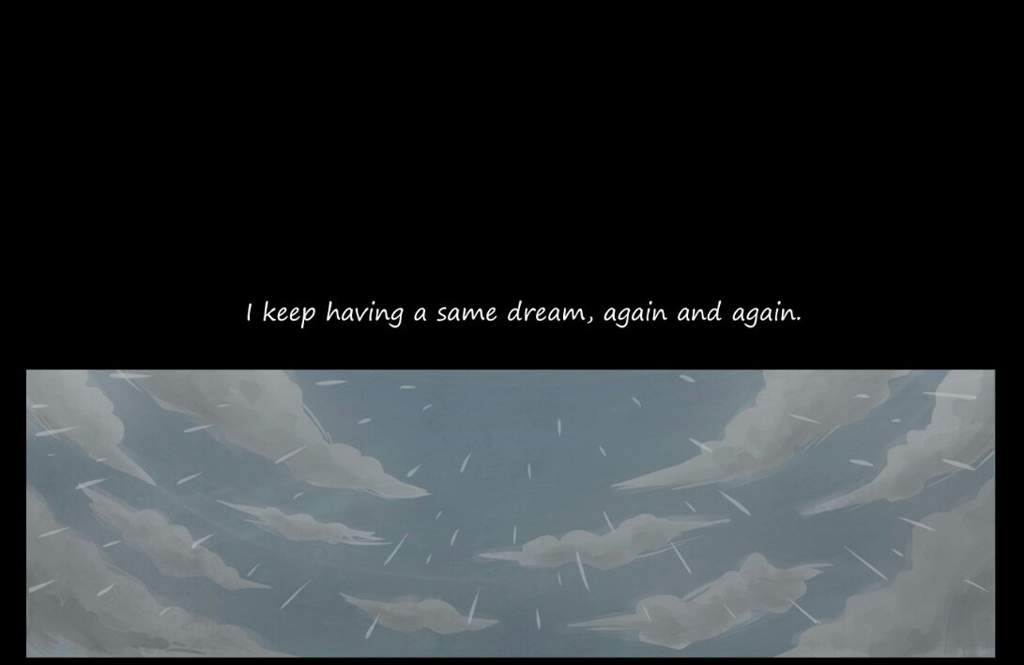 In many theories, the prevailing view is that recurring dreams are associated with unresolved difficulties or conflicts in a person's life.
In many theories, the prevailing view is that recurring dreams are associated with unresolved difficulties or conflicts in a person's life.
The presence of recurring dreams is also associated with lower levels of psychological well-being and the presence of symptoms of anxiety and depression. These dreams tend to recur during stressful situations and stop when the person resolves a personal conflict, indicating an improvement in well-being.
Recurring dreams often figuratively reflect the emotional experiences of people. For example, a dream about a tsunami occurs after an injury or abuse. This is a typical example of a metaphor that embodies the emotions of helplessness, panic, or fear experienced while awake. And when in a dream you find yourself naked or inappropriately dressed, you cannot find a toilet - these are scenarios that personify embarrassment and shame.
These themes can be seen as ready-made scenarios that provide us with a space in which we can process our conflicting emotions.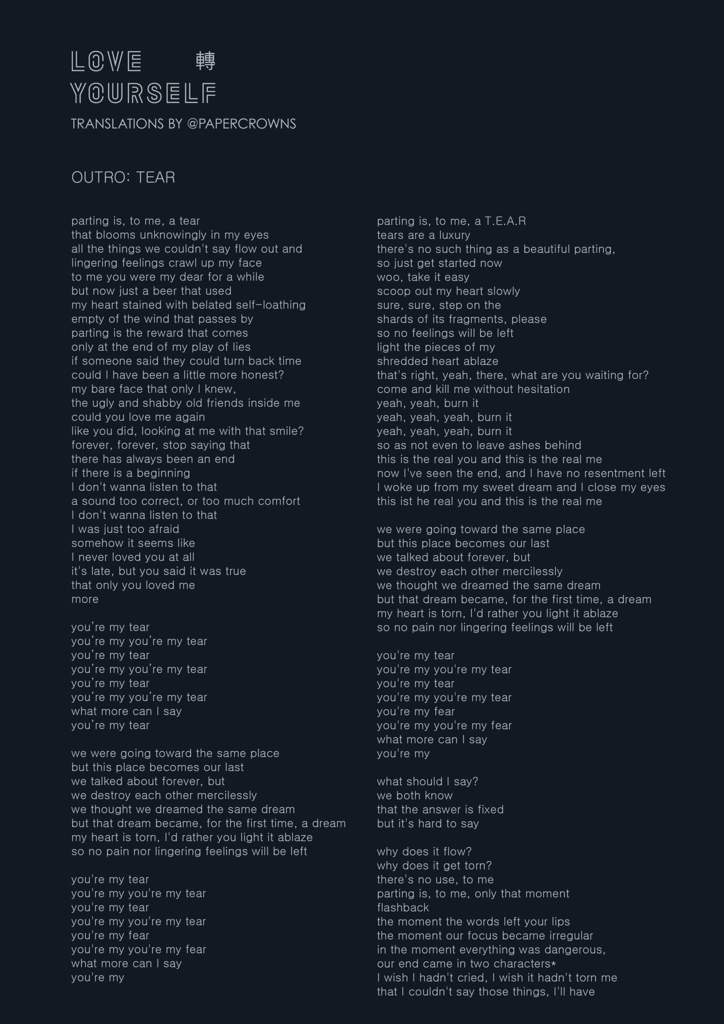 The same script can be reused in different situations where we experience similar emotions. That's why some people who are faced with a stressful situation or a new challenge may dream that they were unprepared for a math exam - even years after they graduated from high school. Although the circumstances are different, a similar feeling of stress or a desire to succeed can trigger the same dream scenario again.
The same script can be reused in different situations where we experience similar emotions. That's why some people who are faced with a stressful situation or a new challenge may dream that they were unprepared for a math exam - even years after they graduated from high school. Although the circumstances are different, a similar feeling of stress or a desire to succeed can trigger the same dream scenario again.
Continuity of repetition
American researcher and psychologist William Domhoff proposes the concept of continuous repetition of dreams. In an extreme case, traumatic nightmares directly reproduce the trauma experienced - this is one of the main symptoms of post-traumatic stress disorder.
In this case, recurring dreams arise in which the same dream content is reproduced partially or completely. Unlike traumatic dreams, recurring dreams rarely reproduce an event or conflict directly, but reflect it metaphorically through the underlying emotion.
Next, according to this theory of the continuity of dreams, there are recurring themes in dreams. These dreams tend to reenact a similar situation—for example, being late, being chased, or being lost—but the exact content of the dream varies. For example, a person dreams of being late for a train, and not for an exam.
These dreams tend to reenact a similar situation—for example, being late, being chased, or being lost—but the exact content of the dream varies. For example, a person dreams of being late for a train, and not for an exam.
Certain dream elements can be found recurring in one person's dreams, such as characters, actions, or objects. All these dreams on different levels reflect an attempt to resolve certain emotional problems.
With the continuous repetition of dreams, experiences gradually change their intensity from a high level to a lower one, which is often a sign that the psychological state of a person is improving. For example, trauma survivors often experience progressive and positive changes in the content of their traumatic nightmares as they overcome their difficulties.
Physiological phenomena
Why do we usually have the same themes in dreams? One possible explanation is that some of these scenarios provided an evolutionary advantage and therefore stuck with the human race. For example, stalking nightmares that mimic a life threat provide an additional opportunity for a person to practice perceiving predators and fleeing from them in their sleep.
For example, stalking nightmares that mimic a life threat provide an additional opportunity for a person to practice perceiving predators and fleeing from them in their sleep.
Some general themes can also be partly explained by the physiological phenomena that occur during sleep. A 2018 study by a team of scientists in Israel found that dreams of losing teeth were not particularly associated with anxiety symptoms, but rather were associated with clenching of teeth during sleep or dental discomfort upon awakening.
When we sleep, our brain is not completely cut off from the outside world. He continues to perceive external stimuli, such as sounds or smells, or internal body signals. This means that other themes, such as not being able to find a toilet or being naked in a public place, may actually be caused by having to empty your bladder at night or wearing loose pajamas in bed.
Some physical phenomena that are characteristic of REM sleep (in this phase of sleep we most often dream) may also be relevant. During REM sleep, our muscles are paralyzed, which can lead to dreams of stiff legs or being paralyzed in bed.
During REM sleep, our muscles are paralyzed, which can lead to dreams of stiff legs or being paralyzed in bed.
Similarly, some authors have suggested that falling or flying dreams are caused by our vestibular system, which promotes balance and can spontaneously reactivate during REM sleep. Of course, these sensations are not enough to explain the recurrence of dreams in humans and their sudden occurrence during times of stress, but they probably play a significant role in the construction of our most typical dreams.
Break the cycle
People who experience a recurring nightmare are, in a sense, stuck in a certain way of reacting to the dream script and waiting for it. Treatments have been developed to help eliminate repetitiveness and break the cycle of nightmares.
One method is to visualize the nightmare while awake and then rewrite it, that is, change the story by changing one aspect: for example, fix the end of the dream to something more positive. Lucid dreaming can also be a solution.
Lucid dreaming can also be a solution.
In lucid dreams we realize that we are dreaming and can sometimes influence the content of our dream. Being lucid in a recurring dream can allow us to think differently or react to the dream and thereby change its recurring nature.
However, not all recurring dreams are bad in themselves. They can even be helpful as they inform us of our personal conflicts and contradictions. By paying attention to the recurring elements of dreams, perhaps we can better understand and resolve our greatest desires and torments.
Source
The science of sleep
The time machine in the nose: how smells awaken our memory
Why do we forget?
The site may use materials from Facebook and Instagram Internet resources, owned by Meta Platforms Inc., prohibited in the Russian Federation
- Okoloscience
The winners of the All-Russian award "For fidelity to science" will be announced on November 24
- space race
Falcon Heavy rocket launches secret US satellite into orbit
- Excavations
- What was before
How ancestors lived and died: an early Slavic settlement near Smolensk was explored
- What was before
Study: Nazca people drugged a child with psychedelics before being sacrificed
- space race
The last module docked with China's Tiangong orbital station - video
-
Shutterstock
Why are stem cells needed?
-
Nouchka De Keyser et al.


